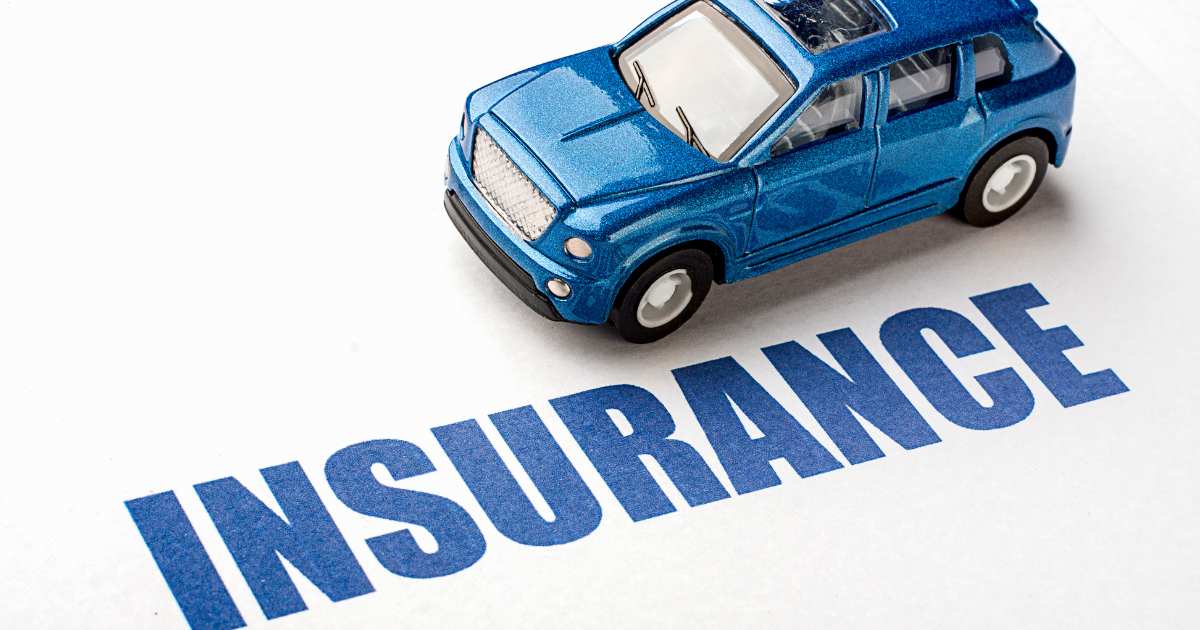
South Africa’s transport sector has recently been disrupted by e-hailing services. It is opening opportunities for small and medium-sized businesses (SMEs) and enhancing convenience for consumers. For anyone hoping to take advantage of this quickly expanding industry, it’s important to understand what it entails.
Here are seven observations about e-hailing in South Africa are as follows:
1. Joining E-Hailing Platforms
Platforms like Uber, Bolt (formerly Taxify), and inDrive offer profitable opportunities to vehicle owners who are looking to join the e-hailing market. However, joining these platforms requires meeting specific criteria. These include vehicle specifications, licensing, insurance, and background checks. Once approved, drivers can start accepting ride requests and earning an income.
2. Navigating the Requirements
Thinking about driving for companies like Uber, Bolt/Taxify, or InDrive in South Africa? It’s a great way to make money, but there are some important things you need to know about the requirements for your car.
First of all, different areas have different rules about which cars can be used for e-hailing services likeBolt. So, before you start, you’ll want to understand what’s needed.
Driver Documents
- South African Professional Driving License (PrDP)
- Proof of identification showing you’re at least 21 years old
- Criminal record check (you can get this at any PostNet)
- Driving evaluation (only available in Cape Town, Johannesburg, and Durban)
- A profile image for the app
Vehicle Documents
- Operating Card (Double Disk)
- Uber vehicle inspection certificate (in Johannesburg, Pretoria, Cape Town, and Durban. Only *DEKRA certificates are accepted.)
- Comprehensive vehicle insurance cover
- Operating License, Grant/Decision Letter, or an official Application Receipt (from the *Department of Transport in Johannesburg, Pretoria, or Cape Town)
DEKRA is South Africa’s top provider of Roadworthy Tests, vehicle inspections, certifications, testing, and consulting across automotive, industrial, and construction sectors
Make sure you have all these documents sorted before you hit the road. It’s imperative to meet these requirements if you want to work for e-hailing companies in South Africa.
3. Benefits of E-hailing for SMEs
E-hailing platforms offer different benefits for SMEs, especially those who are in the transport sector. These platforms provide a ready-made infrastructure for reaching customers, handling payments, and managing logistics. For SMEs with fleets of vehicles, e-hailing can ensure a steady stream of customers, optimise vehicle use, and ultimately lead to increased profitability.
4.Customer Experience and Satisfaction
In South Africa, e-hailing platforms strive to provide top-notch customer experiences. According to recent surveys, 85% of passengers prioritise reliability, expecting prompt pickups and efficient routes. Affordability is also key, with considering competitive pricing being crucial. Safety is paramount, with 90% of passengers valuing driver background checks and vehicle inspections. Furthermore, 70% emphasise the importance of responsive customer support. E-hailing platforms employ strategies like real-time tracking and transparent pricing to enhance user experience. By prioritising these factors, platforms aim to retain loyal users and stay competitive in South Africa’s transportation market.
5. E-Hailing Organisations
Big names like Uber and Bolt work in big cities and offer rides and food delivery. But local companies like inDrive who use a different business model. They let drivers and passengers negotiate the fare, which suits local needs better. It’s important for drivers and small businesses to know about these different companies so they can pick the best one for them.
Additionally, South African business owners are launching their own e-hailing companies, such as BozaRide and Shesha. They aim to compete with major players like Bolt and Uber to secure a share of the market.
6. Growth and Adoption
The adoption of e-hailing services in South Africa has been steadily increasing over the years. According to projections by Statista, the number of users in this market is also expected to rise, with an estimated count of 14.38m users by 2028, and the user penetration is projected to be 21,1% in 2024 and 22,6% by 2028, reflecting a growing demand for convenient and reliable transportation options. This growth presents significant opportunities for drivers and SMEs to capitalise on the expanding market and establish themselves as key players in the industry.
7. Exploring Opportunities for Vehicle Owners and SMEs in E-hailing
Whether you’re a vehicle owner looking to generate an income or an SME seeking new avenues for growth, e-hailing offers a compelling possibility. By harnessing the power of digital platforms, individuals and businesses can tap into a vast network of customers and unlock the full potential of their assets. Embracing e-hailing can lead to increased earnings, expanded market reach, and enhanced business sustainability in an ever-evolving transportation landscape.
E-hailing is changing how people get around in South Africa. It’s easy, cheap, and opens up new opportunities for drivers and small businesses. To do well in this fast-changing field, it’s important to understand what’s happening and get involved. Take action now to be part of this exciting shift. Whether you’re a driver or a small business, there’s a chance for you to succeed.





